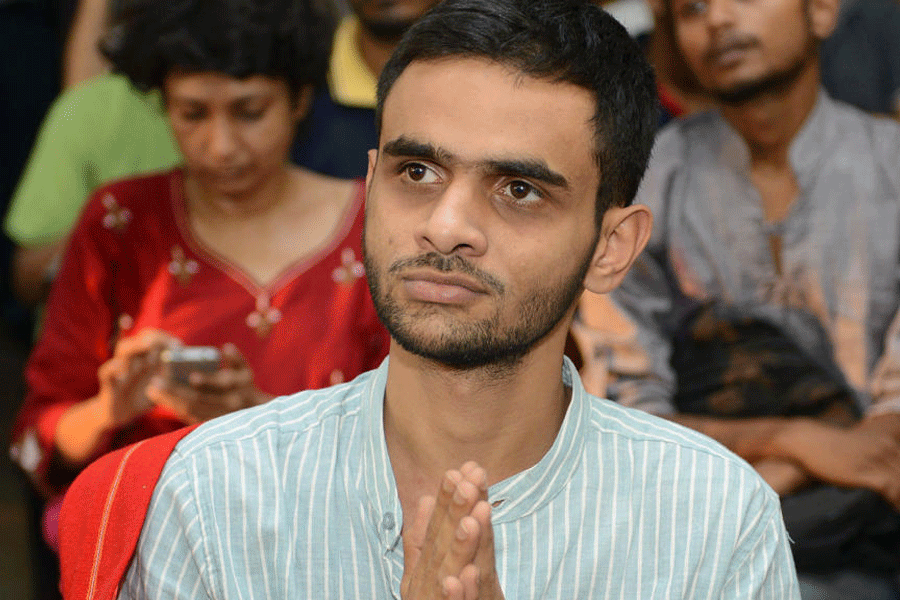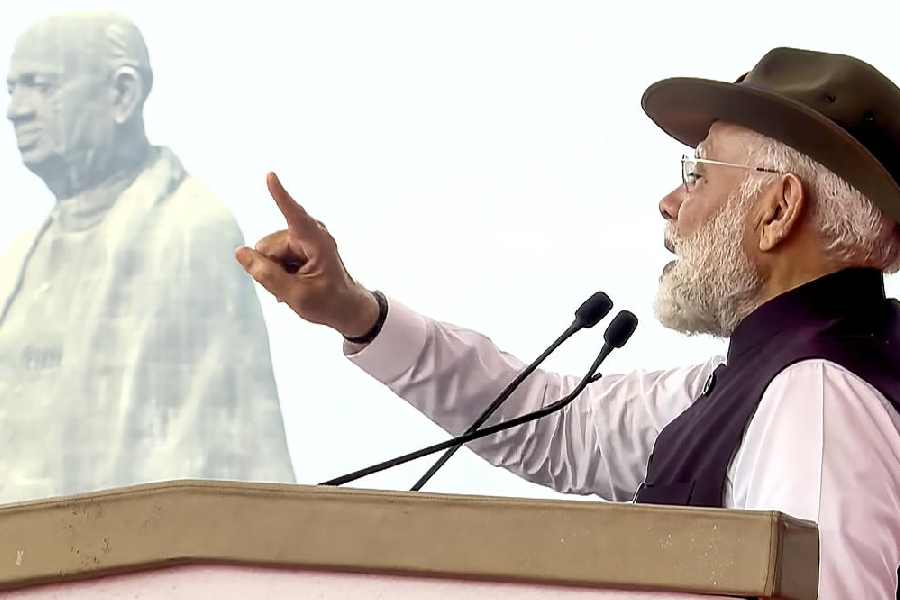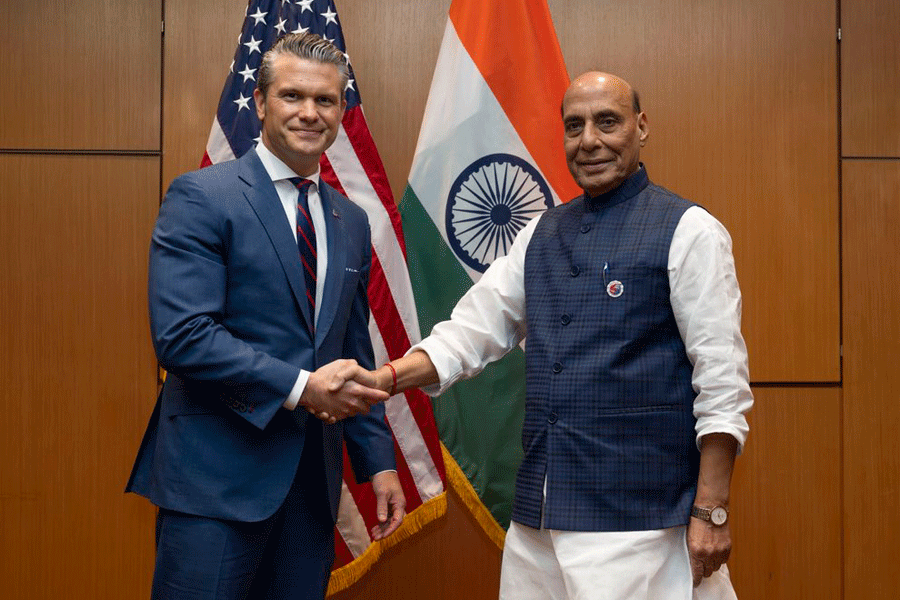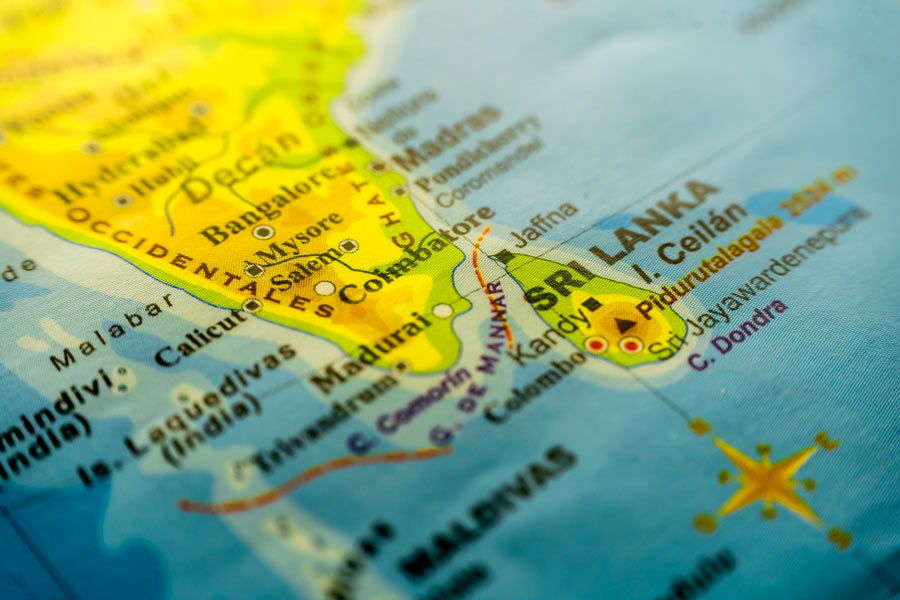Book: CROSSCOURT FROM FRONTIER TO HEARTLAND: A CENTURY OF SANGH PARIVAR IN THE NORTHEAST
Authors: Rouhin Deb and Nabaarun Barooah
Published by: Rupa
Price: Rs 795
This book tells the saga of the Rashtriya Swayamsevak Sangh in the Northeast, starting from the time it first set foot in Assam, inaugurating a shakha at the Sukreswar temple near the Brahmaputra in 1946. By 1952, the RSS had spread its wings to Manipur and Tripura and, then, to the hill regions of the then Assam, all of which went on to be divided to create the states of Nagaland, Mizoram, Arunachal Pradesh and Meghalaya.
Other than the opening two chapters, which scan the history of the Northeast citing from books and articles, much of the rest of the book is dependent on field interviews of surviving sangh pioneers who had worked in the region. The identities of many of those interviewed are, however, kept anonymous.
The sangh’s mission in the Northeast was unambiguous. It was about winning the hearts and the minds of the people to the Hindu way of life and to make this synonymous with the idea of India. From Frontier to Heartland briefly mentions that this idea of India is not confined by political boundaries: wherever people affiliated to this idea live is part of a larger nationhood — Akhand Bharat.
The sangh’s strategies are also made clear. The first is to consolidate the Hindu population in the region. The second is to win over and absorb followers of indigenous faiths, which it sees as part of an open-ended, sanatan Hinduism. Its third concern is a possible demographic overturn of Assam because of the migration of Muslims during the pre-Partition days when the Muslim League was attempting to make Assam a part of Pakistan. This concern resonated with the Assamese, and the sangh found undeclared partners in the All Assam Students’ Union and the United Liberation Front of Asom, even though it was not for long with the latter. The two turned competitors trying to win the same constituency, and ULFA began targeting the sangh. This story finds echoes in Manipur and Tripura too.
The sangh’s other concern was proselytisation in the hills. As a result, it supported the revival of indigenous faiths: Haipou Jadonang and Rani Gaidinliu’s Heraka movement amongst the Zeliangrong tribes in Nagaland and Manipur, Rangfrah and Donyi-Polo in Arunachal Pradesh, Seng Khasi in Meghalaya and more. Under its Shanti Kali ashrams, it also set up schools and hostels to counter the works of Christian missionaries.
The book also talks of the RSS’s other social engineering missions, including conflict mediation. The sangh intervened in its own capacity in ethnic conflicts such as Mizoram’s Bru problem, Assam’s Bodo-Muslim troubles, the Kuki-Dimasa and the Kuki-Karbi conflicts, and even the current Kuki-Meitei conflict in Manipur.
Unsurprisingly, the authors, Rouhin Deb and Nabaarun Barooah, credit the ascendency of the Bhartiya Janata Party in the northeastern states, directly or in alliance, to the continuing grassroots campaigns of the RSS.










